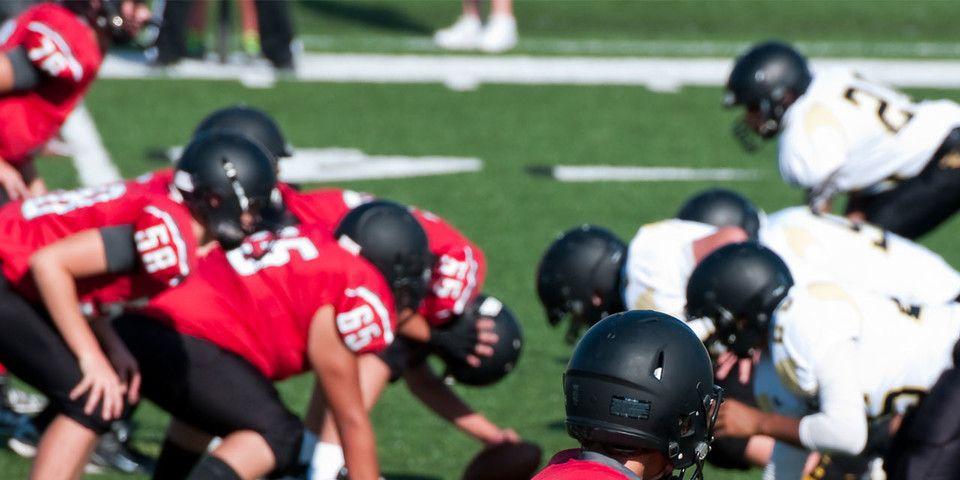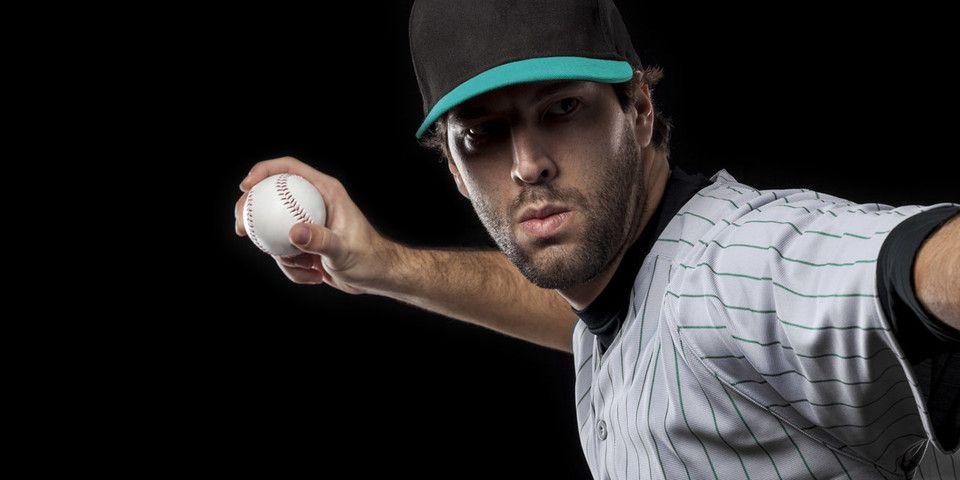A Pitcher’s Kryptonite: Ulnar Collateral Ligament Injury
Pitchers are particularly vulnerable to this injury--find out why.
When the arm is lifted overhead, up and into a throwing motion, the elbow joint counts on and benefits from the stability provided by the ulnar collateral ligament (UCL). Any athlete who throws overhead repetitively (think javelin) can become susceptible to a UCL tear. However, the injury is most notoriously known for impacting baseball pitchers.
So, don’t be fooled! Baseball is considered to be a relatively safe sport, but it is a long season and pitching is a demanding job. Overhead throwing puts high stress on the elbow joint and, as the motion is repeated more frequently, ulnar collateral ligament injury becomes more of a risk.
As a general rule among pitchers, the rate of injury is usually related to the following factors:
-
Number of pitches thrown/innings pitched
-
Number of months spent pitching per year
-
The height and weight of the pitcher
-
The speed at which the pitcher throws
-
Frequency of showcase participation
-
Whether the pitcher plays through pain and fatigue
The National Center for Biotechnology Information reports the following based on MLB injury data:
-
injuries to the elbow of the throwing arm account for ~16% of all injuries in baseball players and 25% of all injuries in pitchers
-
56%–75% percent of pitching injuries require time lost from sport (often 10 or more days)
And recent research from Major League Baseball and Rothman Orthopaedic Institute has noted that elbow injuries account for the highest number of days missed from playing of all musculoskeletal injuries in professional baseball.
The Pain of Overuse: Analyzing Symptoms
If you’re a pitcher experiencing pain in the inner joint of your elbow, then you probably already know that most ulnar collateral ligament injuries occur over time as the result of overuse. Of course, UCL tears can also occur in a fall or a traumatic impact, in which case patients report hearing a sudden audible “pop.”
The symptoms of this kind of gradual injury include progressive pain and soreness along the inner aspect of the elbow, usually generating from the elbow to the wrist. A pitcher will probably also feel like they are losing stability and force, making their pitches travel slower and become less controlled. That’s a direct result of compromised ulnar collateral ligament function.
A Pitcher’s Kryptonite: Ulnar Collateral Ligament Injury
Despite considerable improvements with conditioning, treatments, and surgical procedures, Major League Baseball (MLB) unfortunately still shows an increase each year in injuries to pitchers. And ulnar collateral ligament damage is certainly one of the most commonly seen.
Take, for example, in July of 2016, Major League Baseball reported that Nick Tropeano became the third Angels starting pitcher to damage his ulnar collateral ligament. His MRI showed a high-grade tear in the right elbow. By August, ESPN reported that his diagnosis required what has become known as “Tommy John surgery.”
On the Road to Healing
Getting a diagnosis is the first important step in this process. A qualified sports medicine physician will be able to conduct a physical exam, order x-rays, an MRI, and Stress Ultrasound if necessary, and establish a clear diagnosis and severity level of the injury. Only a sports medicine doctor would understand throwing biomechanics well enough to properly diagnose, treat and offer rehabilitation for this kind of injury.
Not every occurrence of ulnar collateral ligament injury requires surgery, but many do. In the case that you or a loved one is considering Tommy John surgery for ulnar collateral ligament injury, take some time to read up on the facts and fiction related to this procedure. Significant medical advancements in surgical techniques and ligament reconstruction have vastly improved the potential for many pitchers to return to competition within 6 and 9 months following an UCL reconstruction.
What’s Rothman Doing About it?
The Overhead Throwing Athlete Program at Rothman Orthopaedic Institute boasts a world-class caliber team including:
-
Orthopaedic surgeons
-
Non-operative sports medicine physicians
-
Physical medicine and rehabilitation physicians
-
Nutritionists
-
Nurses
-
Athletic trainers
-
Physical therapists
The Rothman team has carried out many of the most current, poignant research studies in the world on ulnar collateral ligament injury. And Rothman physicians continue to is constantly conducting research studies to determine the biomechanics at play in throwing injuries as well as the best strategies for treatment and prevention. At Rothman Orthopaedic Institute, our goal is always to help patients minimize their risk of injury first and foremost. Find out more about how we’re doing that for pitchers and fans alike by visiting us here or contacting us at 1-800-321-9999.
Related Physicians
Related Specialties
Related Conditions
Related Treatments
Related Programs
-

Injury Prevention Program
The Injury Prevention Program at the Rothman Orthopaedic Institute is dedicated to the prevention of injuries from athletic participation, particularly youth sports.Read More -

Overhead Throwing Program
Whether it’s throwing a javelin or pitching a baseball, the overhead or throwing athlete is exposed to tremendous forces during overhead sports.Read More




